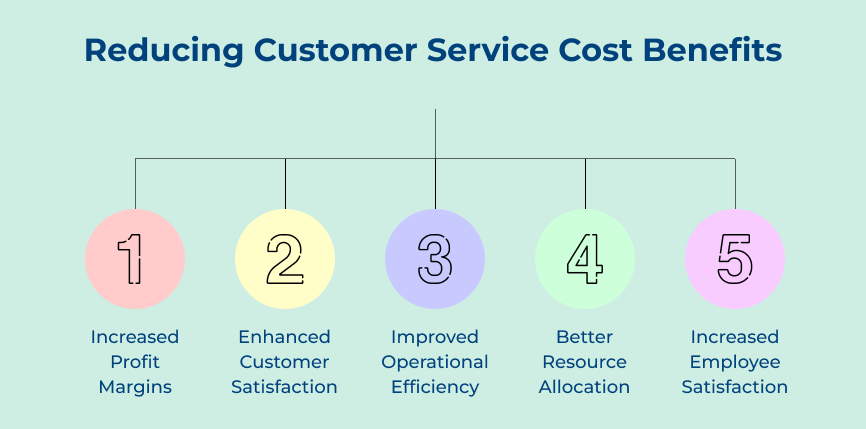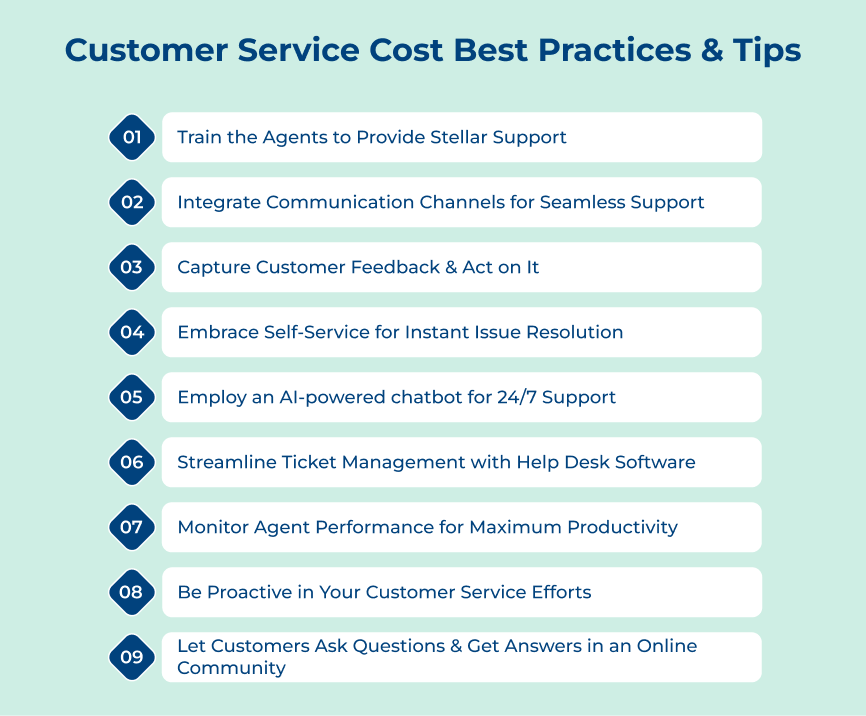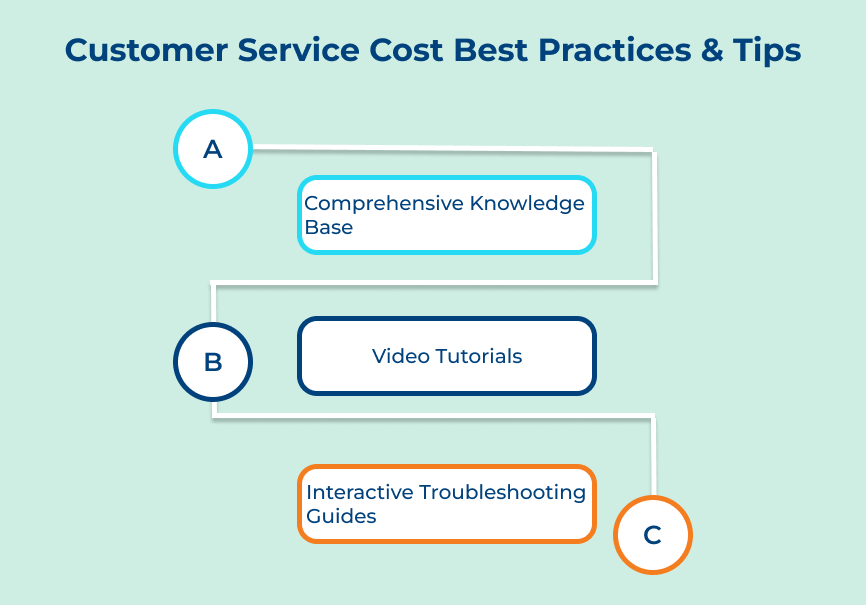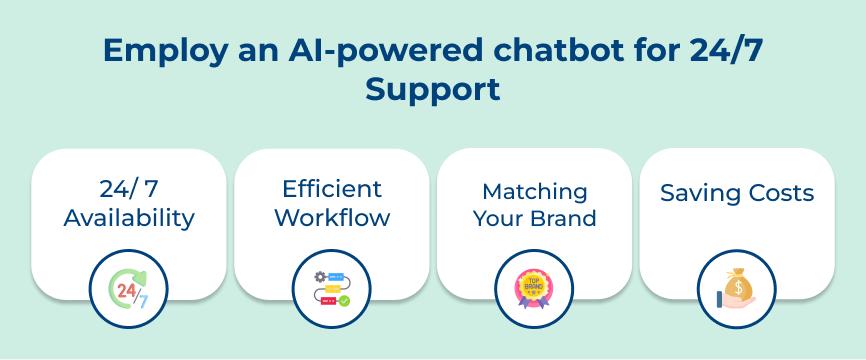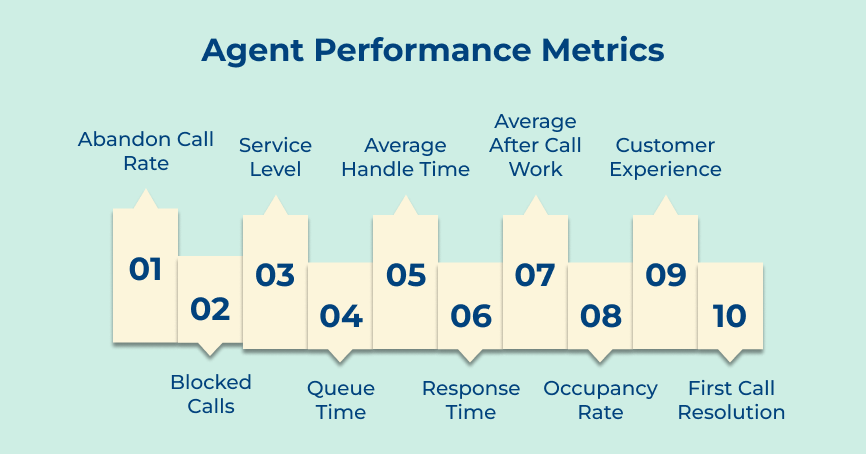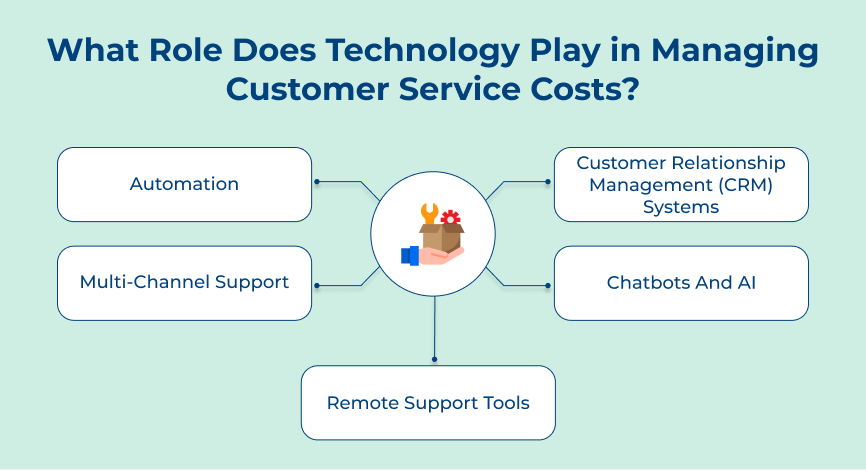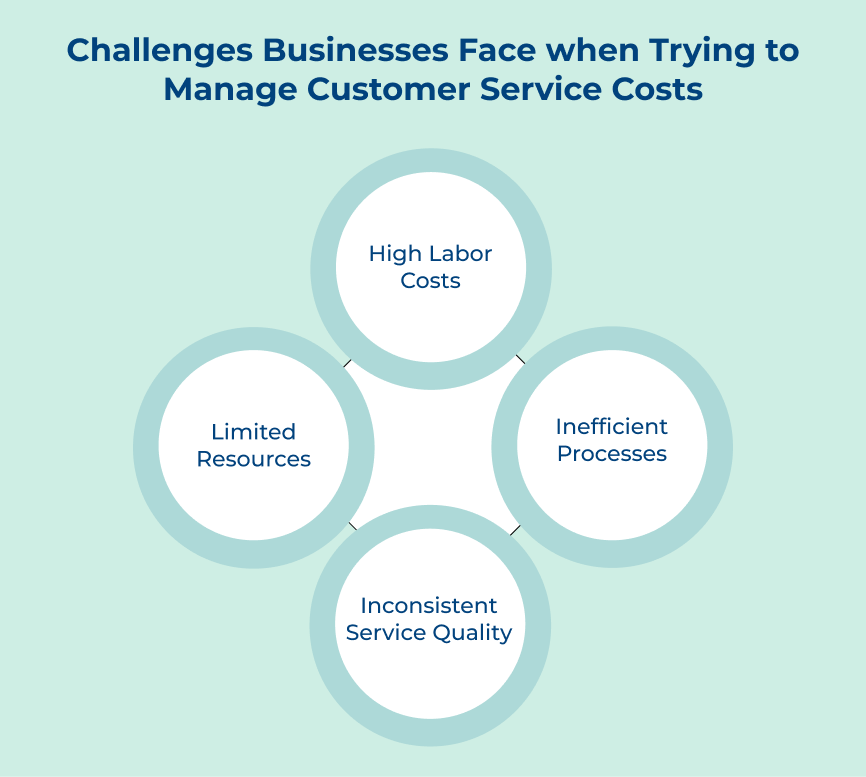1. Zappos
Zappos is known for its excellent customer service, but they have also found ways to reduce costs. One key strategy is their use of self-service options on their website. Customers can find answers to common questions and issues without having to contact customer service. It has helped reduce the number of calls and emails to their customer service team, lowering overall costs.
Providing self-service options allows Zappos to lower its customer service costs while still maintaining high levels of customer satisfaction. Other businesses can implement self-service options on their websites by creating detailed FAQ pages, chatbots and online support forums. Giving customers the tools they need to help themselves allows businesses to reduce the strain on their customer service team.
2. Amazon
Amazon has invested heavily in technology to streamline its customer service processes. They have implemented AI-powered systems to handle common customer inquiries and provide real-time support. It has helped reduce the need for live agents, saving on staffing costs.
Amazon’s investment in technology has not only reduced customer service costs but has also improved response times and customer satisfaction. Businesses can implement AI-powered systems to handle routine customer inquiries and provide quick assistance. Automating certain tasks enables the organization to lower costs and free up its customer service team to focus on more complex issues.
3. Southwest Airlines
Southwest Airlines has reduced customer service costs by offering proactive notifications and updates to passengers. Keeping customers informed about flight delays, cancellations and other issues helped Southwest reduce the number of calls to their customer service team.
Providing proactive notifications enables Southwest to improve customer satisfaction and reduce the need for live customer service support. Businesses can implement proactive notifications through email, text or app notifications. Keeping customers informed about order status, service updates and other important information allows businesses to reduce the number of complaints.
4. Starbucks
Starbucks has reduced customer service costs by empowering its employees to resolve issues on the spot. Employees are empowered to handle customer complaints and issues in-store, without the need for escalation to higher levels of management. It has reduced the need for dedicated customer service representatives.
Businesses can empower their employees to handle customer issues on the spot by providing training, guidelines and support. Giving employees the tools they need to resolve issues quickly allows the organization to save on customer service costs and improve the overall customer experience.
5. Airbnb
Airbnb has reduced customer service costs by allowing users to self-manage their bookings and resolve issues through the platform. Users can update their reservations, communicate with hosts and request refunds directly through the Airbnb website or app, reducing the need for live support.
Enabling self-service options allows Airbnb to lower costs while still providing a seamless experience for users. Businesses can implement self-management tools on their platforms to allow users to update bookings, request assistance and resolve issues on their own. Businesses can reduce service costs and improve overall efficiency by giving customers the ability to self-serve.
Reduce Costs, Increase Satisfaction with Customer Support Cost
Focusing on reducing costs while increasing customer satisfaction in customer service is crucial for the success of any business. Implementing strategies such as improving response times, streamlining processes and investing in technology helps companies to achieve cost-efficiency as well as customer satisfaction.
The satisfied customers are more likely to remain loyal and recommend the business to others, leading to increased revenue. Prioritizing customer service costs can have a significant impact on the overall success and growth of a business.






